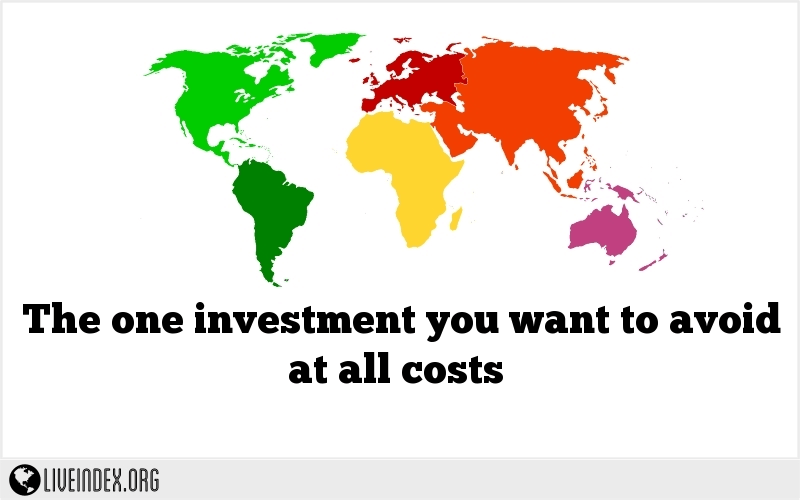4.1%.
I read it twice to make sure my brain had processed the number correctly. Yep, 4.1%.
This was the annual yield promised on a new 5-year bond investment that a private banker colleague had sent to me. I couldn’t believe it.
The bond issuance was by a state-owned company in India. And despite the Indian government having a -very- recent history of capital controls, price fixing, and asset confiscation, and despite the company being rated near JUNK status, the bond only carried a yield of 4.1%.
This is really amazing when you think about it. Central bankers have destroyed money and interest rates to the point that near-bankrupt companies in shaky jurisdictions can borrow money for practically nothing.
It’s an utter farce. The rate of inflation is -at least- 3% in many developed countries. Central bankers will even say they are targeting 3% inflation.
This means that if investors simply want to generate enough income so that their after-tax yield keeps pace with inflation, they have to assume a ridiculous amount of risk.
This is a really important point to understand given that the global bond market is so massive– roughly $ 100 trillion, with nearly $ 1 trillion traded each day in the US alone.
This is almost twice the size of the global stock market. And even if people never invest in a bond themselves, they’re directly connected to the bond market.
Your pension fund owns bonds. The bank that is holding on to your money owns bonds. The companies listed on the stock market that you invest in own bonds.
Yet bonds are some of the worst investments out there right now. And that’s saying a lot given how overvalued stock markets are.
Here’s the bottom line: adjusting for both taxes and inflation, bondholders are losing money, even on risky issuances.
Think about it– if you make a 4% return and pay 25% in taxes, your net yield is 3%. If inflation is 3%, your entire gain is wiped out… so you have taken that risk for nothing.
If inflation rises just a bit then you are in negative territory.
There are those who suggest that deflation is a much greater risk right now than inflation… and that bonds are great investments to own in the event of deflation.
But here’s the thing– even if deflation takes hold and prices fall, anyone who is deeply in debt is going to feel LOTS of pain. Instead of their debt burden inflating away, now they’ll be scrambling to make interest payments.
So while bonds are a sensible deflationary investment in theory, in practice deflation will only increase the likelihood of default. This puts many bond investments at serious risk.
Last, if interest rates rise from these all-time lows, a bond’s value in the marketplace will plummet. So not only will you have made zero income, you would be looking at a steep loss if you try to sell.
Longer term, fixed rate bonds in weak currencies are almost guaranteed losers and should be avoided at all costs. You would be much better off setting your cash ablaze in a bonfire. It’s at least a better story to tell and will save you years of anguish watching your position erode.
Premium members: watch out for an alert this afternoon in which Jim Rickards (author of the acclaimed Currency Wars and one of the smartest guys in finance) gives some really great investment advice and thoughts on how to structure one’s portfolio amid all of this insanity.









